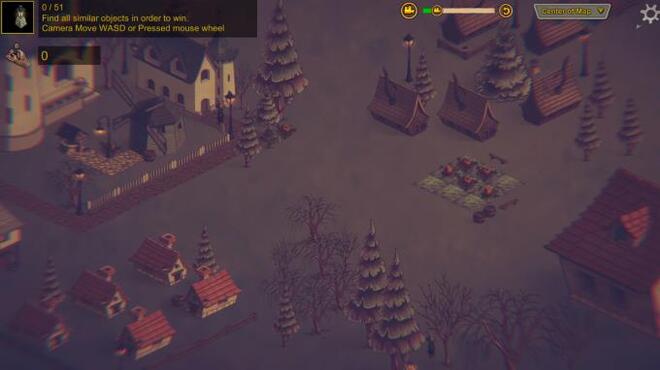
It is clear upon reading that the later cantos are superior poetically. The differences between the first two and last two cantos are easily noted. It eventually comprised four parts (or cantos). The third stanza in particular is highly praised. This new version of masculinity – handsome, conflicted, melancholy – proved irresistible to the ladies and one has only to read the novels of the Bronte sisters to witness its cultural impact.Īs a work of poetry, Childe Harold has much to recommend it. The poem also created the Romantic archetype known as the “Byronic hero”. With Childe Harold, particularly the final two cantos, he explores history – its titanic forces, and its impact upon the common man – with depth and understanding. His own life ended in a desperate attempt to shape history. All his life Byron read and studied history. Public readings of the poem caused genteel ladies to swoon illustrations from the work showed a young Harold (who looked exactly like his creator) brooding intensely its themes of disillusionment, longing, and exile resonated with a British public tired of endless battles against Napoleon. Its success, along with his subsequent ‘Oriental’ poems, granted Byron a degree of celebrity unrivaled in his time. Murray allowed prepublication copies to be shared amongst various London tastemakers and, on the strength of their approval, the work – now titled Childe Harold’s Pilgrimage – was released. Dallas who urged him to publish the poem with John Murray, arguably the most important bookseller in England. They left England in 1809 and did not return for two years. Inspiration came from his travels throughout southern Europe with his friend John Cam Hobhouse. The work was originally titled Childe Burun’s Pilgrimage when Byron completed the first two cantos in 1811 Burun was an archaic spelling of Byron. Childe was the medieval title for a young squire about to take his vows of knighthood. The poem contains many autobiographical elements, and is perhaps the most perfect encapsulation of the ‘Romantic’ ethos. Fortunately, Byron was preternaturally self-aware and he greeted his newfound celebrity with amusement. It is also possible to learn canoeing on the river.Childe Harold’s Pilgrimage was the poem whose publication caused Byron to remark, “I awoke one morning and found myself famous.” Published in 1812, it did indeed bring him fame and literary renown. The laundry of Fadons the heart of the town, also deserves a visit.Īt the edge of the Argens, there are several marked hiking trails. On the territory of Thoronet, visitors can discover many wineries like that of the Abbey of St. Heritage enthusiasts will also appreciate the castle of the eleventh century Envessènes and the castle and the church of the twelfth century Sèguemagne.īuilt using ancient techniques, including red brick made with raw earth and lime, the Notre-Dame-de-la-light-of-beyond-all part of the Notre Dame monastery -du-Torrent-de-Vie. On the door, you can admire the sculptures of Marius Mullercke representing a minor and a winemaker.Ĭhapel in the twelfth century, the church of the Our Lady Nativity was enlarged in the late nineteenth century. Mary Thoronet church was built in the early eighteenth century, have two square towers pierced with loopholes.

Located in one of the oldest parts of the Thoronet, St. The site hosts every summer a medieval music festival popular in the region. The whole stands proudly since major restoration, in the heart of forests of Provence. One can admire the church again, the monks' dormitory, or the carved stone cloisters. Built in the late twelfth century, it is one of the finest ensembles of Romanesque architecture of Provence. Listed building, the Cistercian Abbey of Thoronet is the main tourist attraction of the town.

With its Provencal architecture, the town Thoronet no shortage of charm and knows attract visitors from all over France with its historical heritage.


 0 kommentar(er)
0 kommentar(er)
